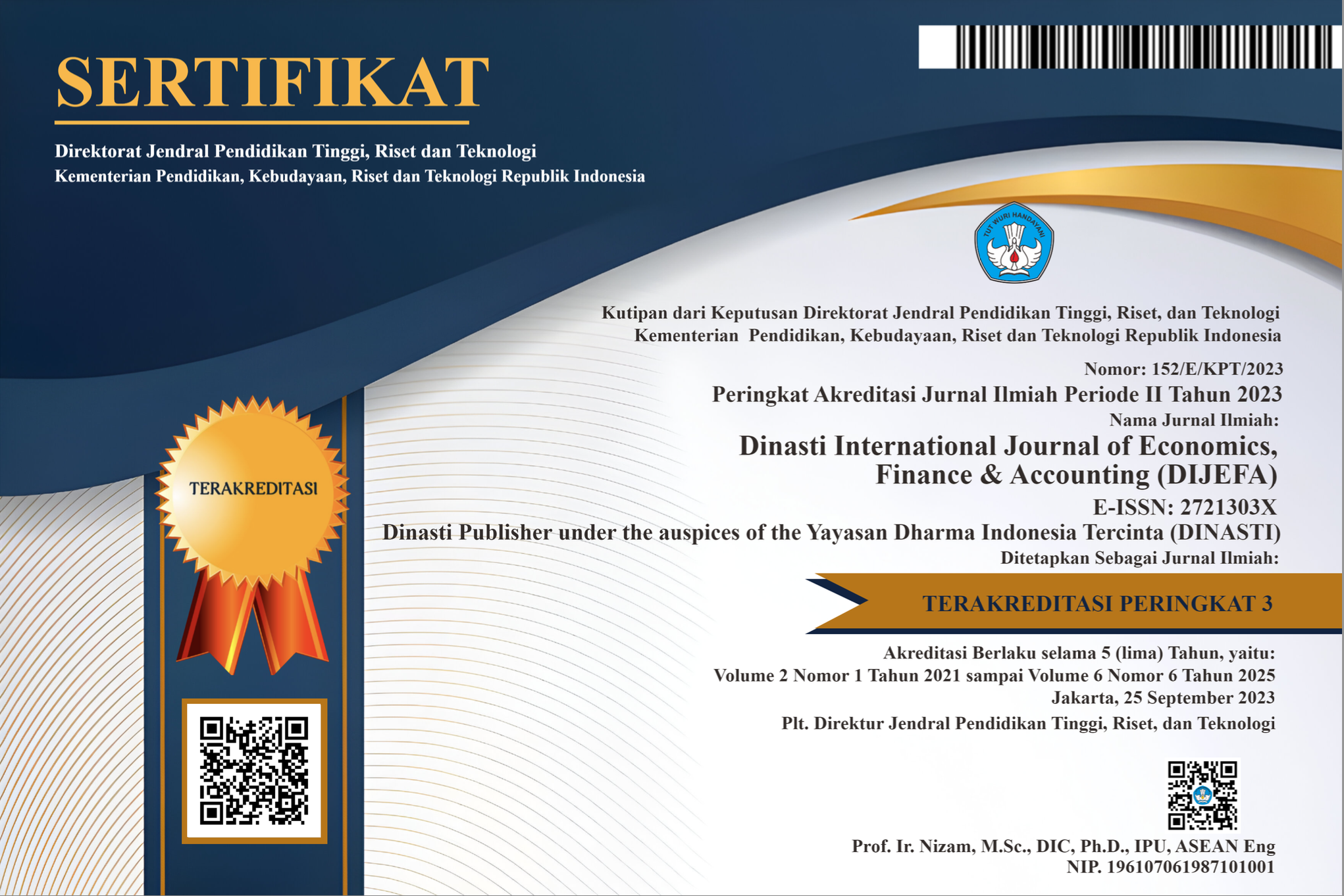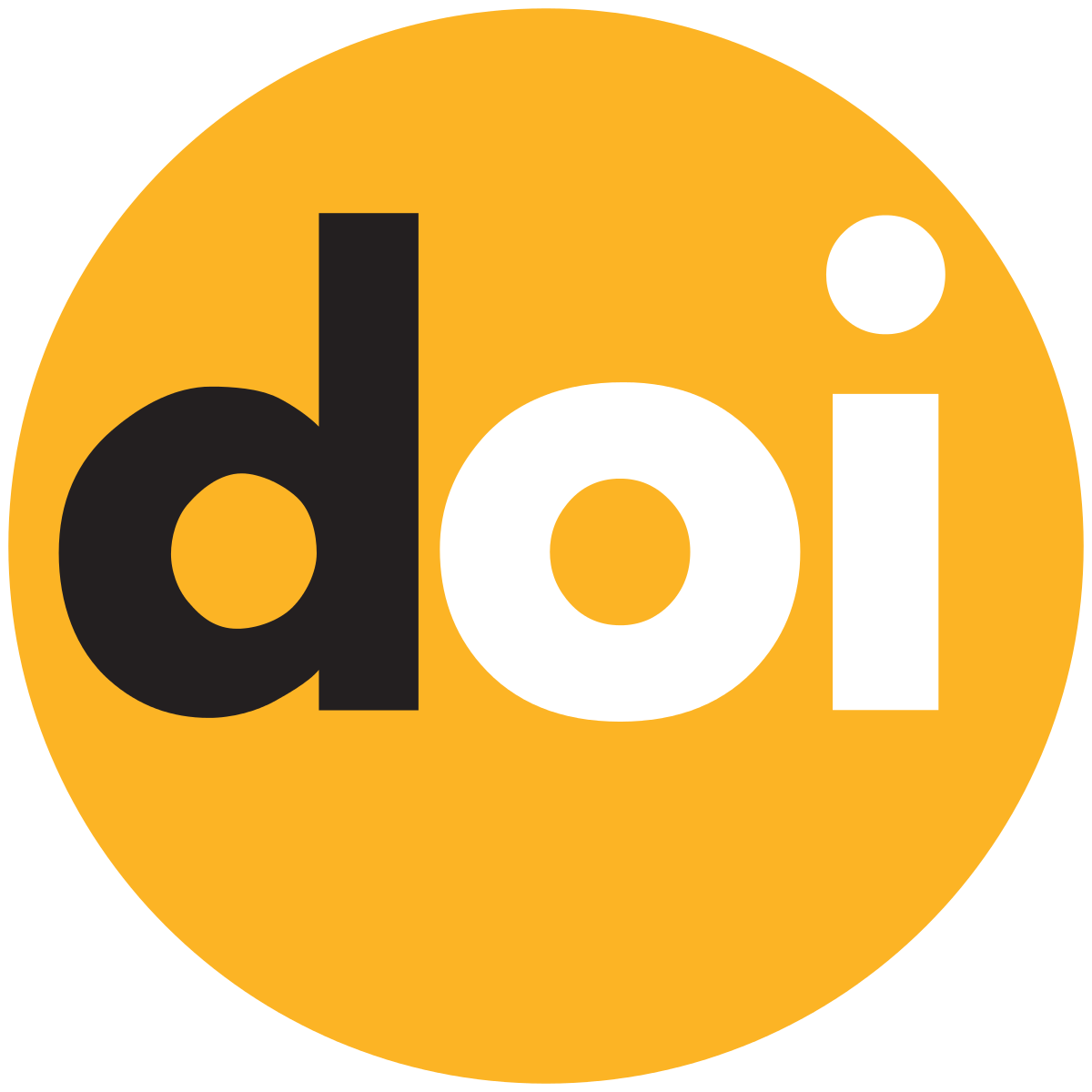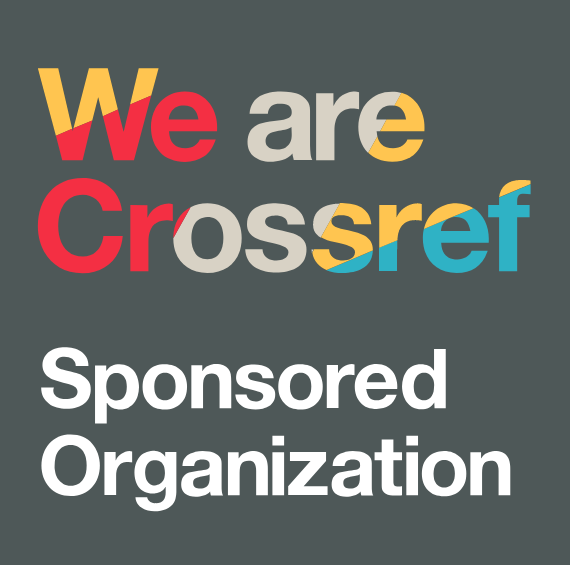Investment Feasibility Analysis in Developing Medicinal Plant Business as an Economic Diversification Effort in Asahan Regency
DOI:
https://doi.org/10.38035/dijefa.v6i1.3920Keywords:
Feasibility Analysis, Investment, Medicinal Plants, Economic Diversification, AsahanAbstract
This study aims to analyze the feasibility of investment in the development of medicinal plant businesses in Asahan Regency as an effort to diversify the economy. The method used is quantitative research with a descriptive approach, including SWOT analysis to identify strengths, weaknesses, opportunities, and threats, and PESTEL analysis to evaluate external factors that affect the business. In addition, a capital budgeting analysis was carried out using NPV (Net Present Value), PI (Profitability Index), and PP (Payback Period) to determine the feasibility of investment. The results of the SWOT analysis show that Asahan Regency has high natural resource potential and government support, although there are challenges such as limited human resource quality and infrastructure. PESTEL analysis reveals that political stability and positive economic growth support the development of the medicinal plant sector, while environmental risks and policy changes need to be watched out for. The NPV calculation produces a value of around IDR 11,636,364, indicating that this project is profitable at a 10% discount rate. The Profitability Index of 2.5 indicates investment feasibility, and the Payback Period of around 0.67 years (8 months) indicates a short time to reach breakeven. The conclusion of this study is that Asahan Regency is a suitable location for cultivating medicinal plants. Increasing human resource capacity and infrastructure development are essential to maximize investment potential in this sector. This study provides recommendations for stakeholders to improve training for farmers.
References
Muthmainnah, S. (2018). Eksplorasi tanaman obat di desa Teratak Buluh Kecamatan Siak Hulu Kabupaten Kampar (Skripsi). Universitas Islam Negeri Sultan Syarif Kasim Riau. https://repository.uinsuska.ac.id/16105/7/7.%20BAB%20II_2018132PTN.pdf
Putu, A. A. (2021). Pengembangan taman obat organik solusi pemulihan ekonomi Bali di desa wisata Mas Ubud. International Journal of Economic Development, 5(2), 1151-950. https://ojs.mahadewa.ac.id/index.php/ijed/article/view/1151/950
Badan Pusat Statistik (BPS). (n.d.). BPS.go.id. Diakses pada 30 Desember 2024, dari https://www.bps.go.id
Ma’ruf, A. (2016). Diversitas tanaman obat-obatan di Asahan, Sumatera Utara. Universitas Asahan.
Badan Pusat Statistik Asahan. (2024). Asahan dalam angka 2024. Badan Pusat Statistik Asahan.
Haming, M., & Basalamah, S. (2010). Studi kelayakan investasi proyek dan bisnis. Bumi Aksara.
Saputri, A. (2022). Analisis kelayakan investasi tanaman obat di Kediri dengan metode capital budgeting (Skripsi). Universitas Nusantara PGRI Kediri.
Unimed. (n.d.). QE Jurnal Universitas Negeri Medan. Diakses pada 30 Desember 2024, dari https://jurnal.unimed.ac.id/2012/index.php/qe/article/download/17427/13019
Kemdikbud. (n.d.). Strategi pengembangan agribisnis Kabupaten Asahan. Diakses pada 30 Desember 2024, dari http://download.garuda.kemdikbud.go.id/article.php?article=3413665&val=29945&title=Strategi+Pengembangan+Agribisnis+Kabupaten+Asahan+Agribusiness+Development+Strategy+of+Asahan+Regency
Bali Prov. (n.d.). Analisis pertumbuhan ekonomi dan pengembangan sektor potensial di Kabupaten Asahan. Diakses pada 30 Desember 2024, dari https://bmc.baliprov.dev/news/title/analisis-pertumbuhan-ekonomi-dan-pengembangan-sektor-potensial-di-kabupaten-asahan
UST. (n.d.). Pengembangan agribisnis di sektor pertanian [Artikel]. Diakses pada 30 Desember 2024, dari https://ejournal.ust.ac.id/index.php/AGRIUST/article/view/1437
Downloads
Published
How to Cite
Issue
Section
License
Copyright (c) 2025 Rahmawani, Syafrial Syah, Adetia Azmi Tanjung, Faulia Anggeraini

This work is licensed under a Creative Commons Attribution 4.0 International License.
Authors who publish their manuscripts in this journal agree to the following conditions:
- The copyright on each article belongs to the author(s).
- The author acknowledges that the Dinasti International Journal of Economics, Finance & Accounting (DIJEFA) has the right to be the first to publish with a Creative Commons Attribution 4.0 International license (Attribution 4.0 International (CC BY 4.0).
- Authors can submit articles separately, arrange for the non-exclusive distribution of manuscripts that have been published in this journal into other versions (e.g., sent to the author's institutional repository, publication into books, etc.), by acknowledging that the manuscript has been published for the first time in the Dinasti International Journal of Economics, Finance & Accounting (DIJEFA).


























































